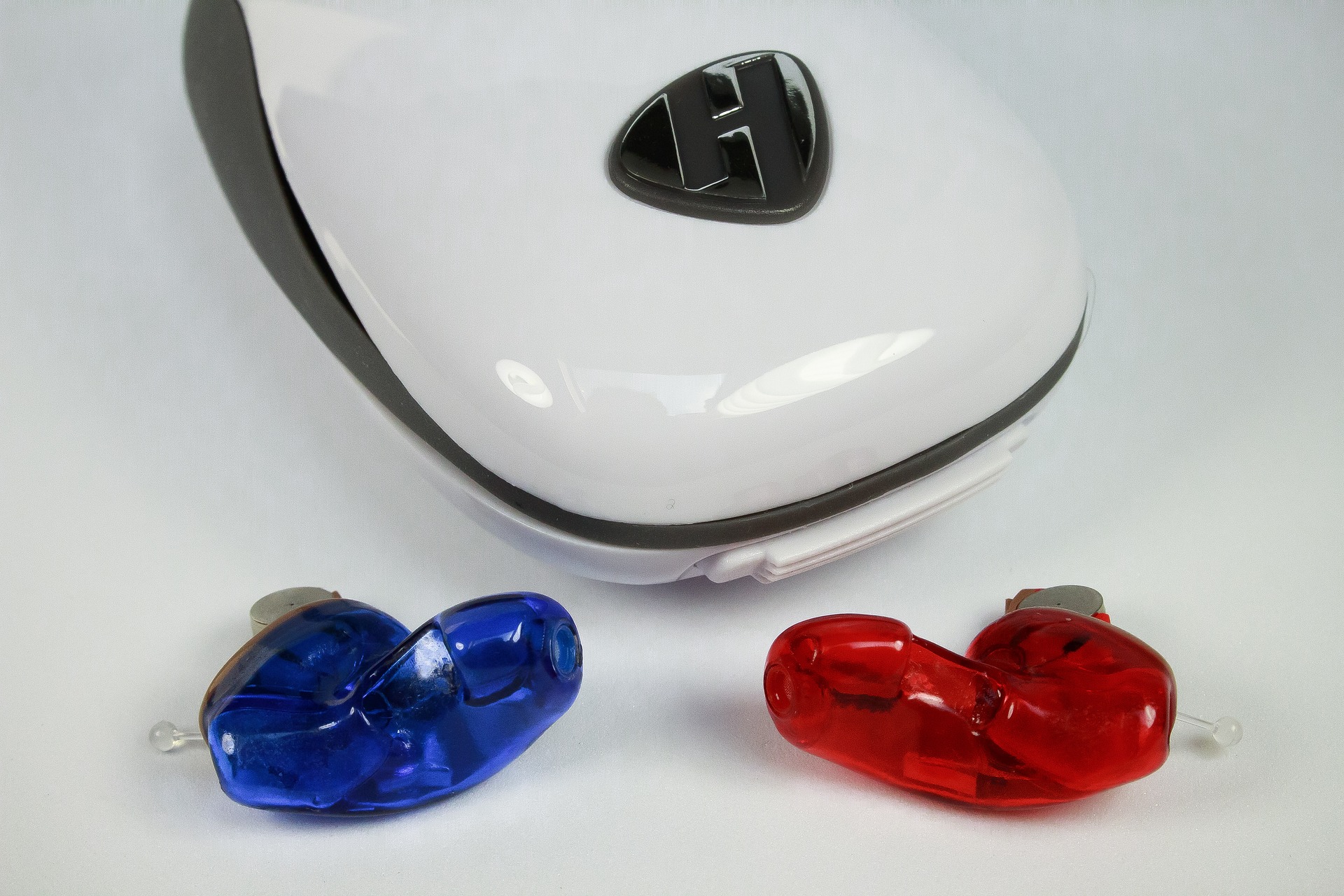There are many different types of hearing aids. Choosing one that fits your needs is essential to achieving full hearing. Different types of hearing aids offer different features and functions, and this article will help you choose the best one for your specific situation. Hearing loss can be caused by various factors, including physical trauma, aging, and congenital irregularities.
ITE hearing aids
In-the-ear (ITE) hearing aids help you hear sounds in your environment by gathering sound waves from the environment. These are then converted into electrical signals. Then, depending on the level of hearing loss and the environment, the signal is amplified and sent to a loudspeaker. This device makes it audible and improves communication by delivering amplified sound through a custom-molded shell.
The most effective types of hearing aids for mild to moderate hearing loss are in-the-ear devices. Your audiologist will fit you with the appropriate hearing aid based on your specific hearing needs and lifestyle. They will also take an impression of your ear canal, which will be used to customize the hearing aid to fit correctly.
There are two types of in-the-ear hearing aids. One is full-shell, while the other is half-shell. Depending on your chosen ear mold, both fill the ear bowl wholly or partially. They are made of custom-molded plastic and have buttons on the device’s exterior. The ITE is the most commonly used hearing aid.
ITE hearing aids are comfortable to wear. They fit snugly inside the ear bowl and are skin-friendly. They are also recessed against the ear, making them comfortable to wear. They are also easier to use than other types of hearing aids. Since they fit snugly inside the ear, ITE hearing aids allow users to wear telephone devices against their ears, so they don’t need to remove their hearing aid to use the telephone.
In-the-canal (ITC) hearing aids
In-the-canal (ITC), or in-the-ear, hearing aids are custom-designed for the ear canal. Compared to other models, CIC hearing aids are less noticeable and are almost entirely hidden inside the ear. On the other hand, ITC hearing aids are slightly more prominent and noticeable but remain mainly inside the ear.
Another essential feature of ITC hearing aids is their discreetness and privacy. Because their electronic components are placed inside the ear, they are easily damaged by ear wax and moisture. However, you can buy hearing aids that include cleaning tools to ensure your hearing aids are kept in good shape.
ITC hearing aids are a popular choice for people with hearing loss. These devices are molded from a silicone mold of the wearer’s ear. Because of this, the ITC range of shapes and sizes is theoretically infinite. They fit right into the ear, making them more comfortable for many people.
ITC hearing aids are the most discreet type of hearing aid. The small design makes them virtually invisible. They are removed using a tiny pull-out string. These instruments are similar to CIC hearing aids but are smaller and easier to remove. They are typically fit for people with mild to moderate hearing loss. The devices are usually very lightweight and can be adjusted to fit a variety of skin tones.
The benefits of ITC type of hearing aids are several. However, the downside is that they are not invisible, and they require regular maintenance. They can also be subject to earwax and moisture. ITC hearing aids are recommended for people with mild to moderate hearing loss who want a discreet solution for their hearing loss.
CROS Hearing Aids
CROS hearing aids are designed to help people with hearing loss hear sounds in their environment without using traditional hearing aids. CROS devices are fitted with complex microphones that can detect sound from all directions and relay it to the deaf ear. This feature helps people hear the sounds around them and improve their communication. They can also improve their TV listening experience.
CROS hearing aids can also be used as stand-alone devices. However, if the person with hearing problems does not need assistance with their other ear, CROS hearing aids may not be the best choice. This means that a person with hearing loss may need more tests to determine the best device.
CROS hearing aids are designed to treat single-sided deafness, a condition that affects 60,000 people in the U.S. every year. This condition only causes deafness in one ear and can be caused by many factors. A viral infection, head trauma, and even a benign tumor called an acoustic neuroma can cause single-sided hearing loss.
CROS hearing aids provide immediate benefits for the user. Unlike other hearing aids, CROS hearing aids are easy to fit, with minimal adjustments. These devices are also convenient to use and do not require long-term management.





Leave a Reply
You must be logged in to post a comment.